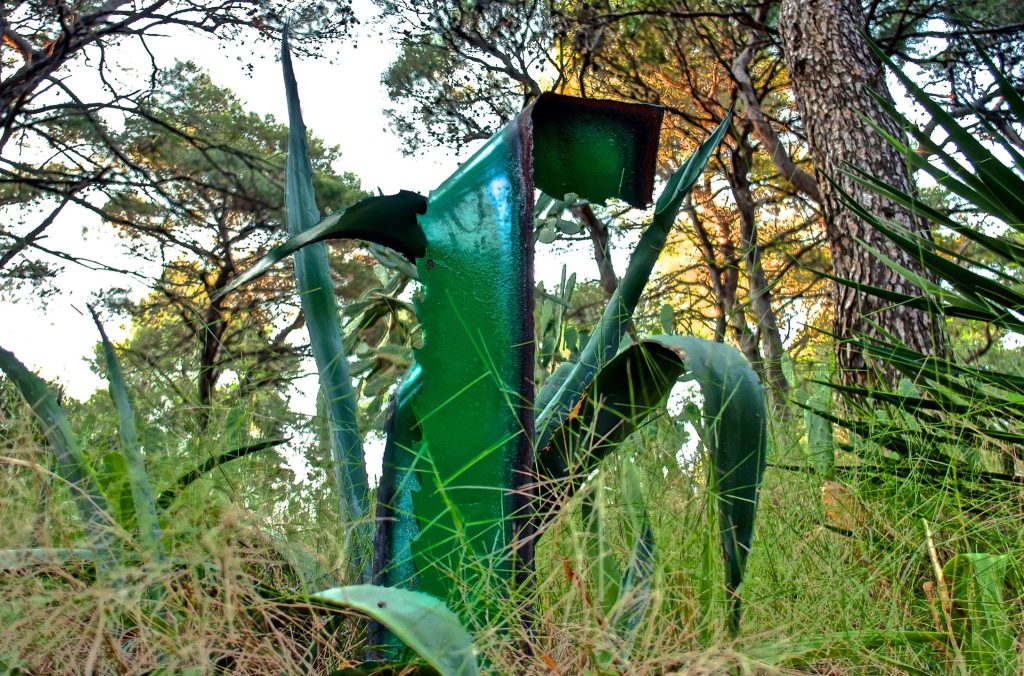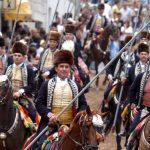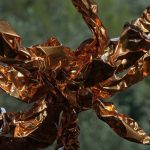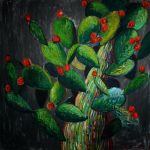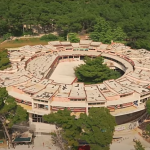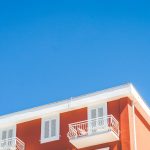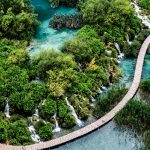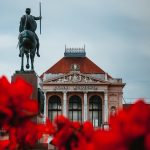The Meneghello family continues to bring the best artists to Palmižana for amazing exhibitions – today we received this announcement and here it is with pictures. Follow the Meneghello – Palmižana on Facebook for more info.
DALIBOR STOŠIĆ – CHALLENGE NAMED AGAVAS
Croatian artist who has exhibited all around the world with the greatest sculptors of our time has ennobled the Palmižana Arboretum with his most recent sculptures of steel with his opus again inspired by nature.
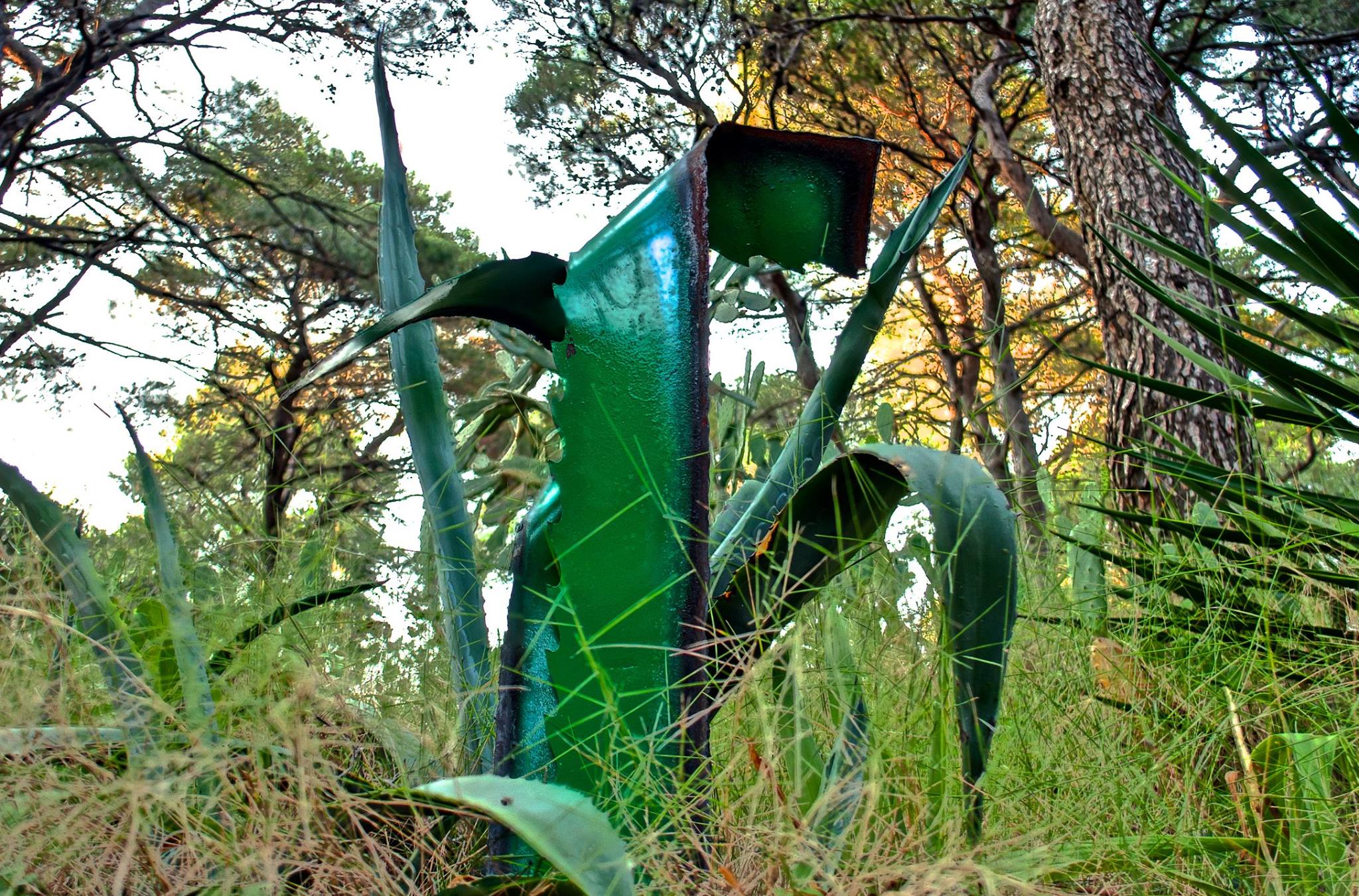
The sculptor Dalibor Stosic exposes on Palmižana his latest cycle – sculptures of the agave plant, made of metal. The botanical name of the plant comes from the Greek word agave, agavos whit the meaning noble, opulent, sublime .. Due to its powerful form of large leaves that come out, as it seems, from the root, like a serrated blade and ending a big thorn, colored in all shades of light green to green succulent , from gray to blue, the agave plant is a promised one for architects who use it as a strong decorative element, solitary or in groups. Of course, only in countries that have the necessary climate for the growth of these plants, native to Mexico and South America. It is not surprising then, that this planetary plant, intrigued the artist whose whole opus is deeply immersed in nature, and has led him to start a dialogue with the plant and its form, asking for answers to his future art growth.
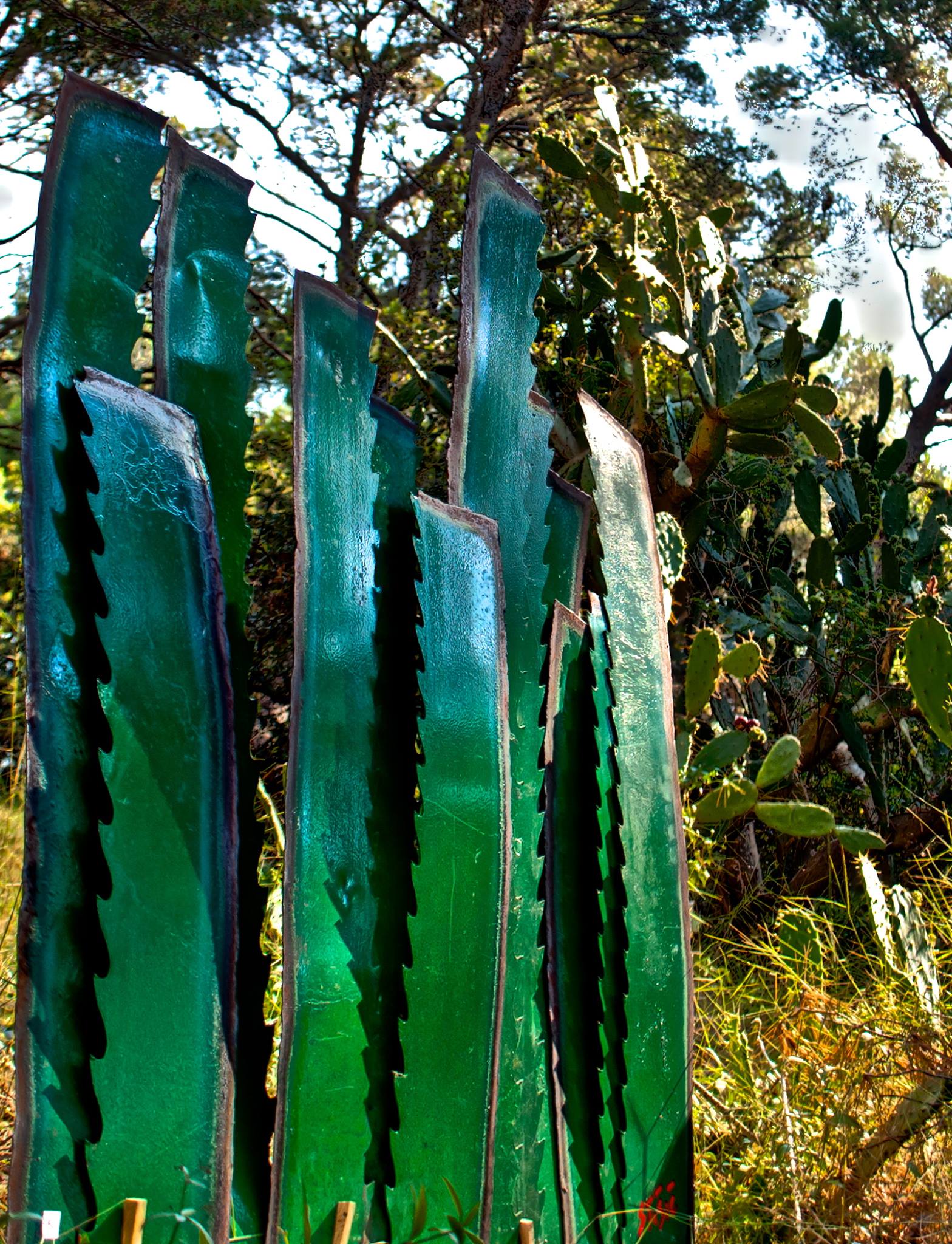
His agave are made of metal, they vibrate in contact like a working sew and the artist has painted them monochrome or bright red or bright green, with a complementary pair of pure colors of the spectrum. The red stands out from the green landscape and just about forces the eye to stop and have a look. The green should fit just in and immerse itself in the natural environment, but this is not the case, because of its glow and saturation which is never the reflection of nature. And there the author stops us in our observation and perception of his works and forms, and indeed there are many forms, for there are a dozen completely different sculptures. One form is of reduced minimalisam with one powerful vertical, while another one looks like a sumptuous Baroque fountain with a powerful epicenter that ejects uninterrupted circles of power. Some are properly lined geometric planes, in complete rest, and yet others are twisted forms that create the illusion of continuous movement and circulation.
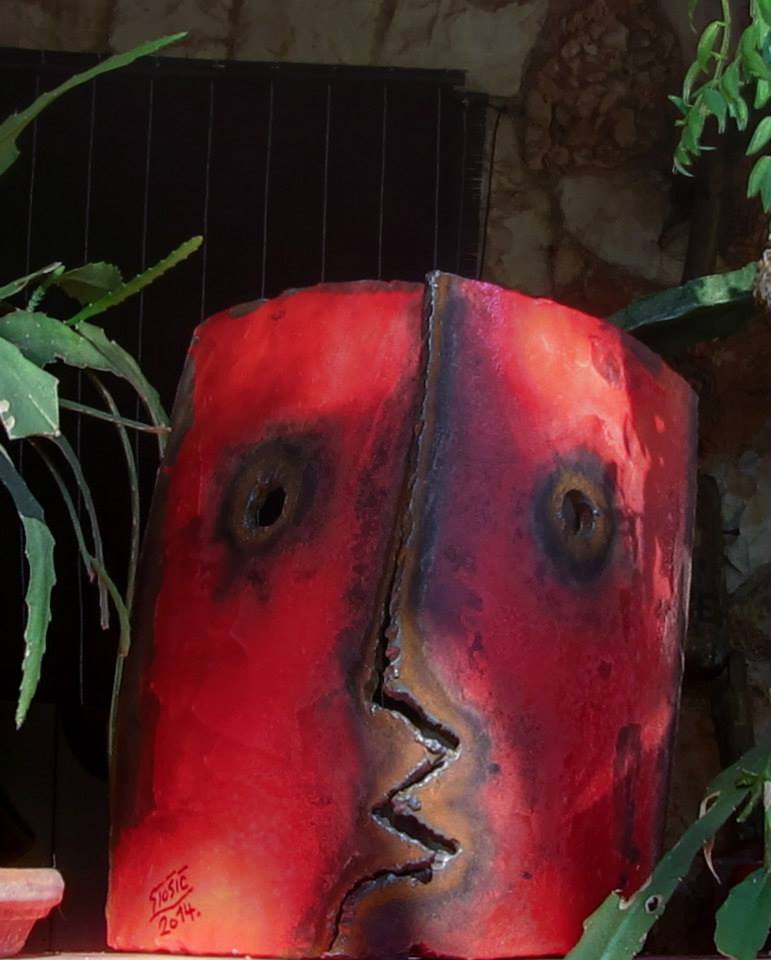
The many different approaches to the agave plant, confirms that this new challenge of the dialogue between the artist and nature, the sculpture and its default model – has just started. Stosic has been described as an author who’s work branches in two different directions – one towards the monumental expression and the other towards abstract minimization. “Stosic faultlessly evokes exuberance of forms … In the artists work even the most minimalistic formations survive with all the reasons for exuberance, with almost baroque life. Perhaps this is so because of the authors ongoing preoccupation with nature, life exuberance, diversity of species, the layering of human history and mythology. “/ Vinko Srhoj. /
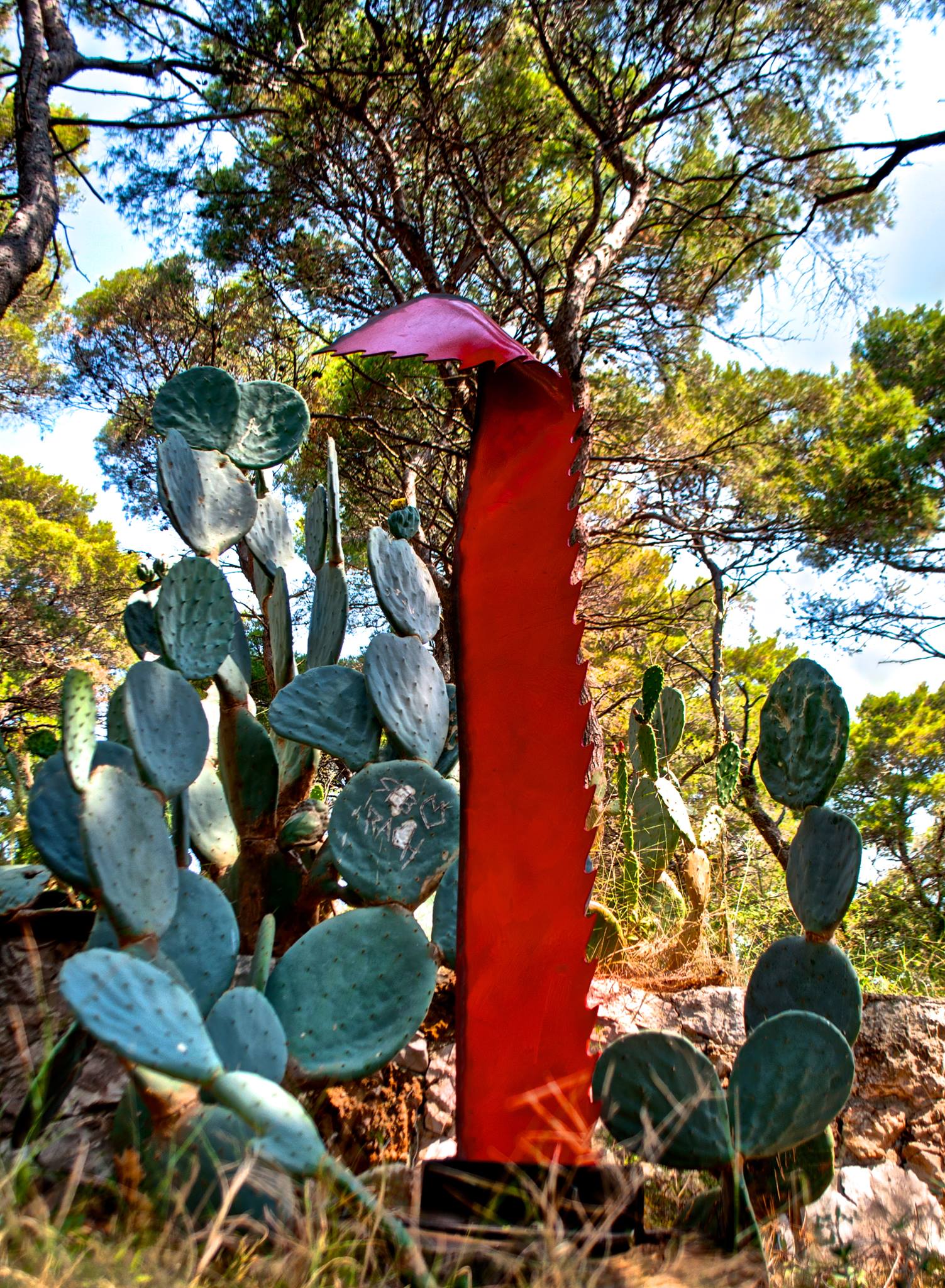
Dalibor Stosic starts with the observation of forms in nature. “Frequently his motives are diverse natural creatures that reveal the strangeness of its forms embodied in a solid shell. Fish are one of his occasional motives, but mostly insects, and those that biologists say, could survive a nuclear cataclysm, like chafers, scarabs, crickets, ladybugs, scorpions … / Enes Quien /.
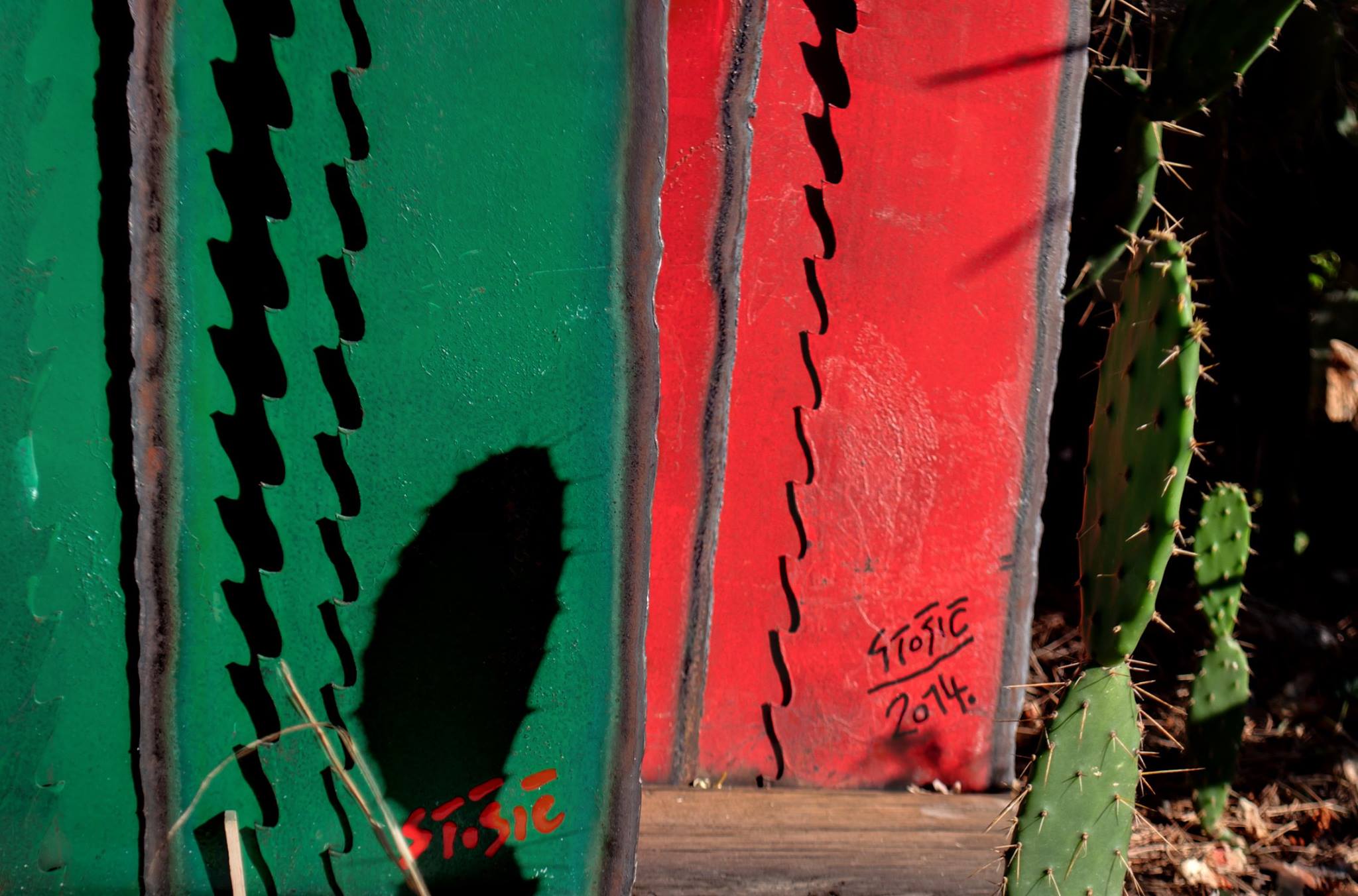
In his latest cycle he has entered relm of plants, with agaves, the plant labeled as “century plant”. Some specimens live for decades, some a century, only in order to develop a large monumental blossom and then wither. Only once they blossoming, but after the plant dries, there remain thousands of small plantlets for the new burgeoning blossom. Many international exhibitions speak of the authors seriousness and acquired reputation, and about his original poetics. He has won the /1996./ Matisse’s Award at the 13th Mediterranean Biennial of Nice, the first prize at the Autumn Salon in Monaco, / in competicion with significant authors such as Botero, Manzua, Veneto, Pomodoro, Paladin, Moore … /.
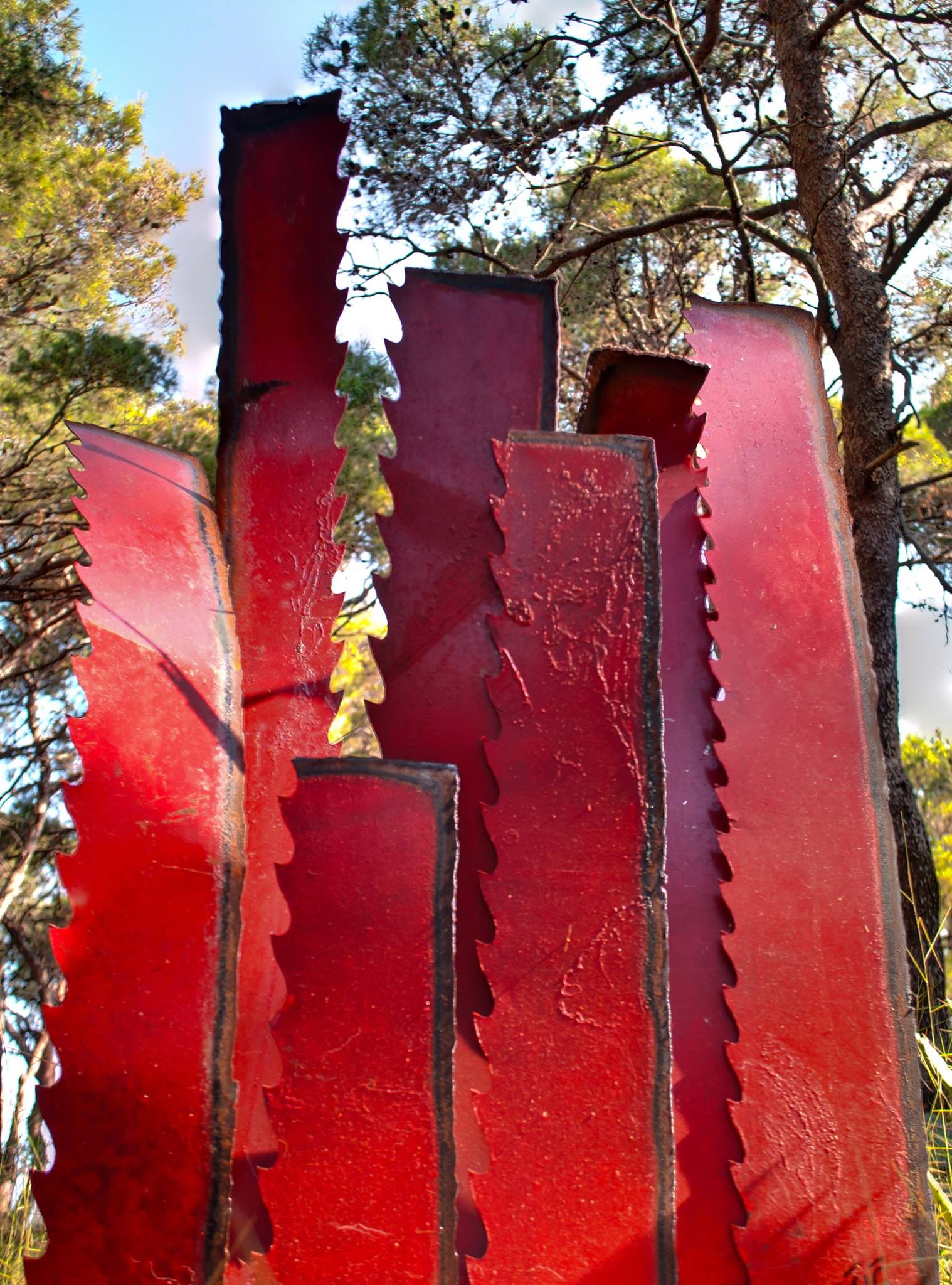
He exhibits at the prevailing galleries in Paris with over a dozen exhibitions . The Swiss gallery Saqqarah in Gstaad has elected him to the Society of the biggest names in sculpturing “From Rodin to Serra,” . He exhibits in Saint Paul de Vence, Vienna, Berlin, Bratislava ..
In 2005 he held his exhibition on the 236-year-old Summer Exhibition at the Royal Academy of Arts in London with top English sculptor Sir Anthony Caro, Barry Flaganan, Gus Cummings, David Nash … In 2009 he held his retrospective exhibition in Luxembourg. His monumental “scarab” is placed in a space live visual communication, MAMAC, the Museum of Contemporary Art in Nice. In Croatia, art historians cherish him very highly, giving him epithets like those of significant transition from local values to world heritage sculpture.
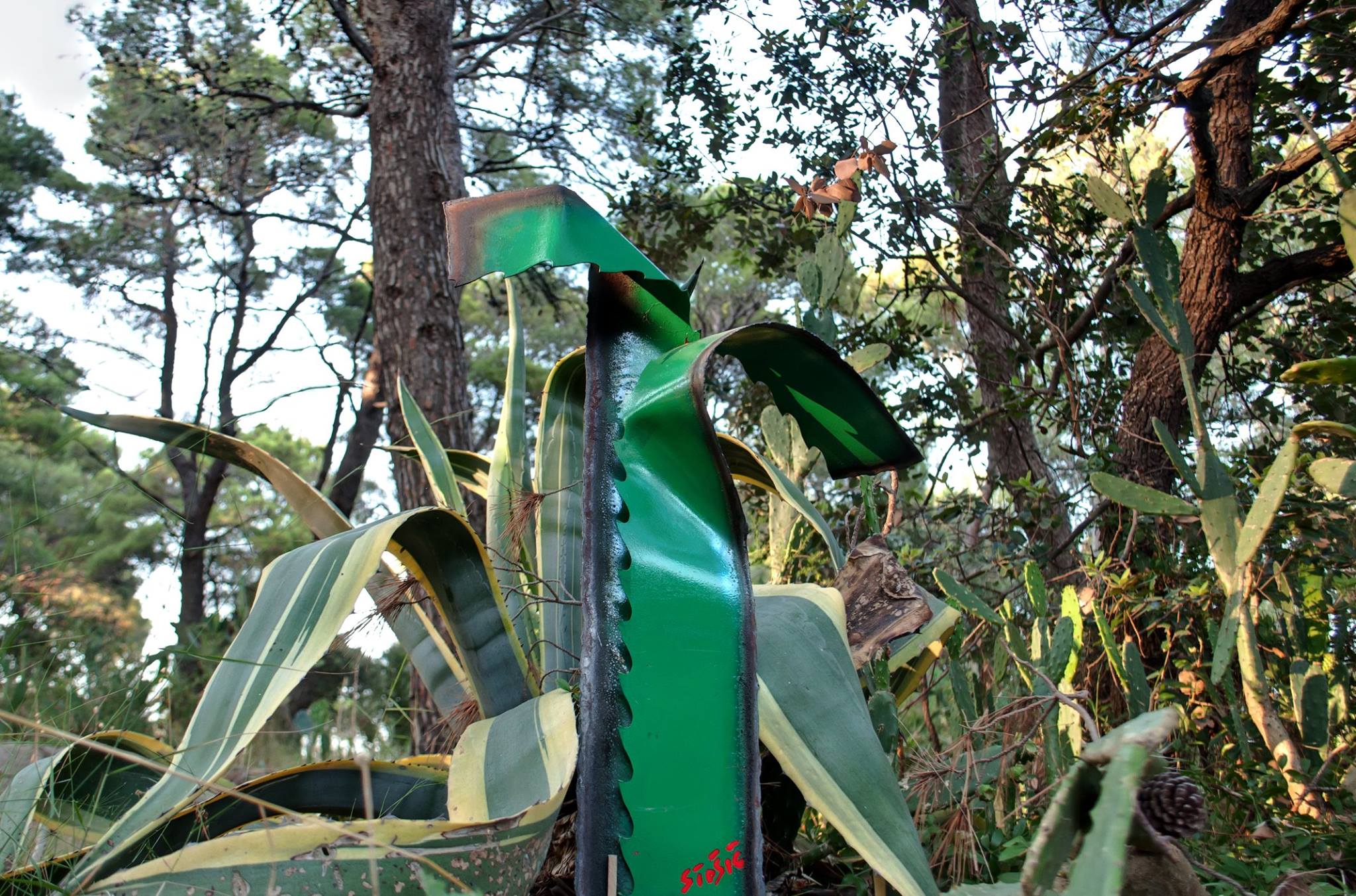
Stosic has done his work linking two contradictory materials, wood and metal. “The two materials are, like it seems, completely different, hot and cold, soft and hard, live and motionless. Nevertheless, combining the materials, the artist combines two forces, anthropomorphic, manpower wood and metal telluric force, antinomian cold fusion from which he emerged, which testifies to the duration which allows a man to exercise his power / Gilbert Perein / …
Still, in many of his creations Stosic turns to metal, which in his work is anything but cold and dead, but very lively. In ” Cockchafer “ its dented membrane will not soften him nor distract from the onslaught, but for now still waiting ../ Radovan Ivančević /. In the “Gilthead sea bream”-” what confuses us the most will also always again attract our view, because it is difficult to conceive that both the live eye and this organic tail are formed of two identical anonymous holes in the metal plate. A single corrugated cut and trimming was enough for the metamorphosis. It is exciting to us how little iit s needed to resurrect dead matter in life. “/ Radovan Ivančević /
His agaves live. And under the breeze or wind they produce vibrations and sounds like all living organisms in nature that advertise live in its distinctive, peculiar way. In addition to the different variations, with one, two or many leaves of the monumental solitary plant, from minimalism to baroque flamboyance, Dalibor Stosic presented in the Palmižana garden, under the cactus his famous sculpture “The Kiss”, made of steel, matt red, from 2oo8.
The artist, talking about himself says that what fascinates him most, are “substances that have durability. I try so that my sculptures do not belong only to this time. “

